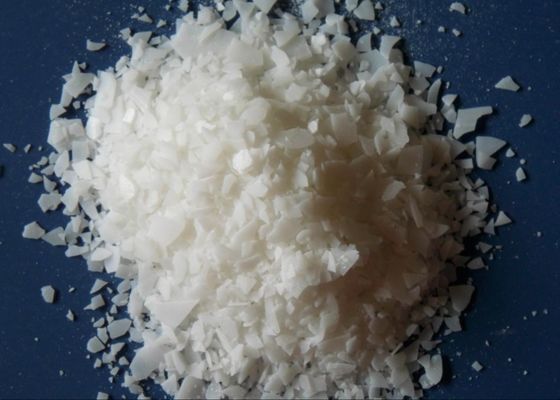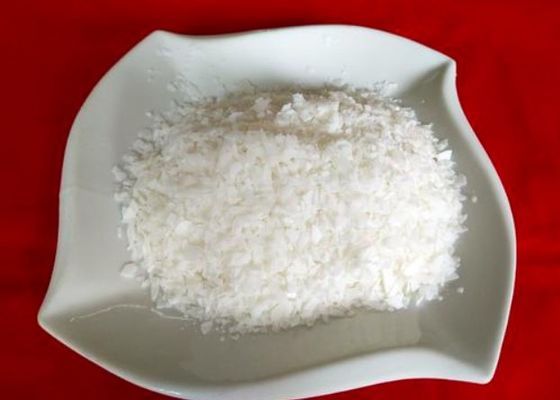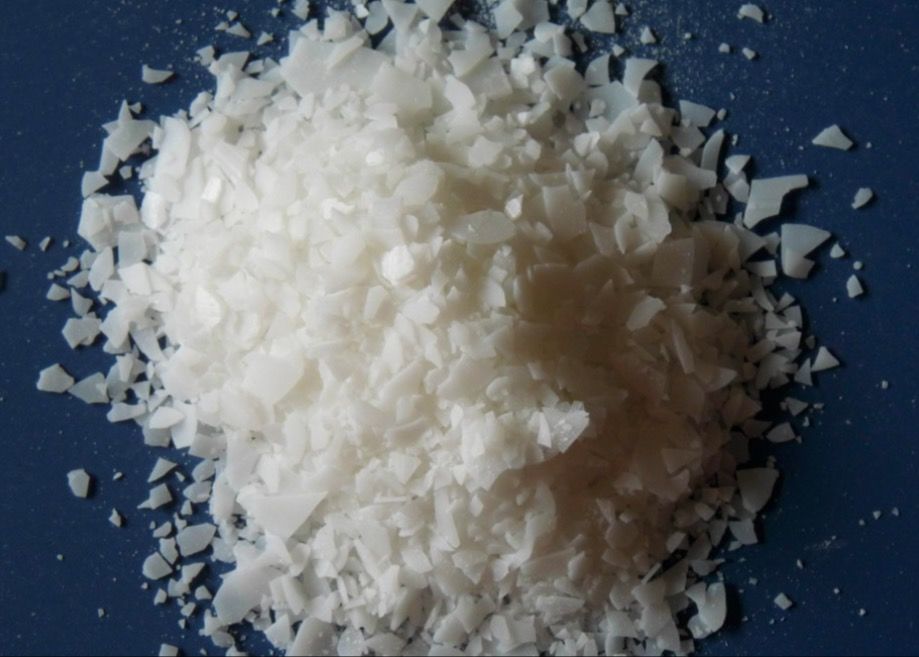White Powder External Lubricant For PVC For External Lubricant And PVC Processing
Product Details:
| Place of Origin: | MADE IN CHINA |
| Brand Name: | CARDLO |
| Certification: | HACCP, FSSC2200, ISO9001,ISO14001, ISO45001, MUI HALAL, RSPO, REACH, OK KOSHER, FDA certificate etc. |
| Model Number: | Cardlo |
Payment & Shipping Terms:
| Minimum Order Quantity: | 1 TON |
|---|---|
| Price: | WITH NEGOTIATION |
| Packaging Details: | 25kg bags |
| Delivery Time: | 7-11 days |
| Payment Terms: | L/C, T/T |
| Supply Ability: | 1000TON/MOUNTH |
|
Detail Information |
|||
| Names: | External Lubricant For PVC | Other Name: | Distilled Monoglycerides |
|---|---|---|---|
| Character: | POWDER | Appearance: | White Powder |
| Usage: | PVC Additives | Product Name: | PVC Internal Lubricant |
| Type: | PVC AUXILIARY | Purity: | 99.9% |
Product Description
White Powder External Lubricant For PVC For External Lubricant And PVC Processing
Lubricants are divided into two areas, internal and external lubricants. The transition between external and internal lubricating effect is fluid, however, – internal lubricants often also have a certain external lubrication effect and vice versa. Lubricants having both effects are therefore called “combined lubricants”.
External lubricants reduce the adhesion between PVC and metal surfaces. They are mostly non-polar such as paraffin and polyethylene waxes. The external lubrication effect is largely determined by the length of the hydrocarbon chain, its branching and its functional group. At high dosages they can lead to cloudiness and exudation.
The amount of lubricant is excessive.
The amount of lubricant is not as large as possible. Due to the incompatibility of lubricants and PVC resins, the excessive addition of lubricants will adversely affect the PVC blending system. The internal and external balance of lubrication is the balance within a certain limit, because the lubricant and the polyvinyl chloride blend system produce adverse effects. In actual production, many processing problems and some problems related to thermal stability, and even many defects of products, the root cause may be caused by excessive lubricant consumption.
External lubrication
External lubrication refers to the interface lubrication mechanism. The lubricant adheres to the surface of the molten resin or to the surface of the processing machine or mold to form a lubricant molecular layer. The lubricating interface is formed due to the presence of the lubricant molecular layer. As a result, the friction between the resin and the processing machine is reduced. The viscosity of the lubricating interface film and its lubrication efficiency depend on the melting point of the lubricant and the processing temperature. In general, lubricants with long molecular carbon chains can make the two friction surfaces farther away, so they have better lubrication.
|
item
|
value
|
|
Product
|
High density Oxidized Polyethylene Wax OP-25
|
|
Appearance
|
White powder
|
|
Acid Number
|
25 mg KOH/g
|
|
Hardness @ 25°C (77°F)
|
<1
|
|
Drop point
|
137℃
|
|
Density
|
0.98 g/cc
|
|
Viscosity
|
10,000-14,000
|
|
Application
|
PVC lubricant, PVC stabilizers
|
|
Equivalent grade
|
AC 316A, Luwax OA6
|
Product Advantages:
1. Without any effects on the fusion time.
2. Improve the melt flowability.
3. Without any effects on transparency.
4. Provide lubricating property without lowering melt-strendth.
![]()
![]()






